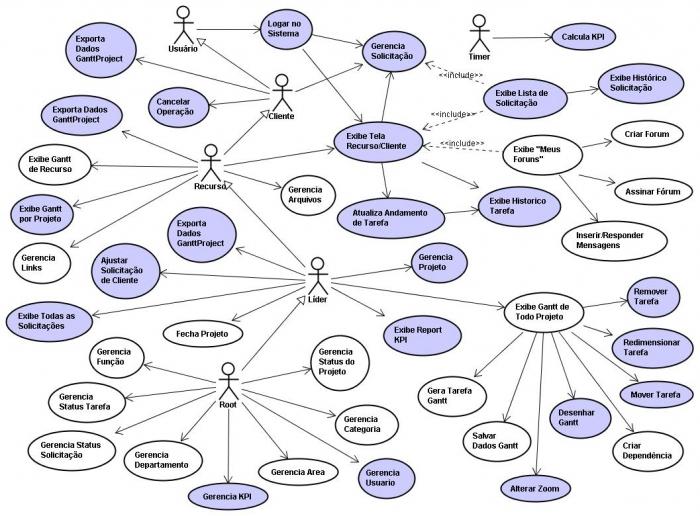Five types of diagrams are used in modeling, and the UML use case diagram is a tool for modeling systemic dynamic aspects, which play the main role in modeling behavior, class, system and subsystem. Each such diagram has many actors, precedents and relationships between them.
The UML use case diagram is widely used in various fields, especially where a view of the system is required in terms of different use cases or use cases. In most cases, it assumes modeling the context of a system, class, or subsystem, or modeling the requirements that are imposed on the behavior of selected elements.
The use-case diagram is of great importance for specifying, visualizing and documenting the behavior of the system. Using it, it is easier for a developer to understand a system, subsystem or classes, as well as look from the outside at the advantages of using elements for a particular context. Such a UML diagram is of particular importance for testing executable systems in direct design, as well as for a better understanding of their internal structure, especially in reverse engineering.

The use case structure is a great tool to look for an alternative to the main scenario that leads to success. At each step, ask yourself questions again and again: “What else can happen?” And in particular: “What can go wrong?” Here it is best to find out from the very beginning all expansion conditions that are possible. This will help in the future not to get confused when working on the consequences.
All the conditions for solving a problem that are possible are best studied from the very beginning. This method will help you avoid getting stuck in a quagmire when working on consequences. Therefore, if possible, consider as many conditions as possible, and this will cause a reduction in errors in the future.
The best option for working with use case diagrams is a graphical table that shows its contents. It is somewhat similar to the context diagram used in structural methods. After all, the table shows the boundaries of the system, as well as its contact with the outside world.
The use case diagram clearly shows actors, use cases, and the relationships between them:
- the fulfillment by actors of a precedent;
- use cases, including other use cases.
UML does not say anything about the contents of the use case in modeling, and the way the diagram is presented displays all of this. However, you can do without a chart. Experts recommend that when developing a precedent, do not put too much effort into creating a chart. It will be better if you concentrate on their textual content.
The UML use case diagram, in addition to the include relation, has other types, such as extend. It is his experts who recommend avoiding. The reason lies in the fact that often entire development teams devote a lot of time to considering the various relationships between use cases. This is a waste of energy. After all, dealing with a textual description of a precedent is much more convenient, it is here that the true value of technology is hidden.